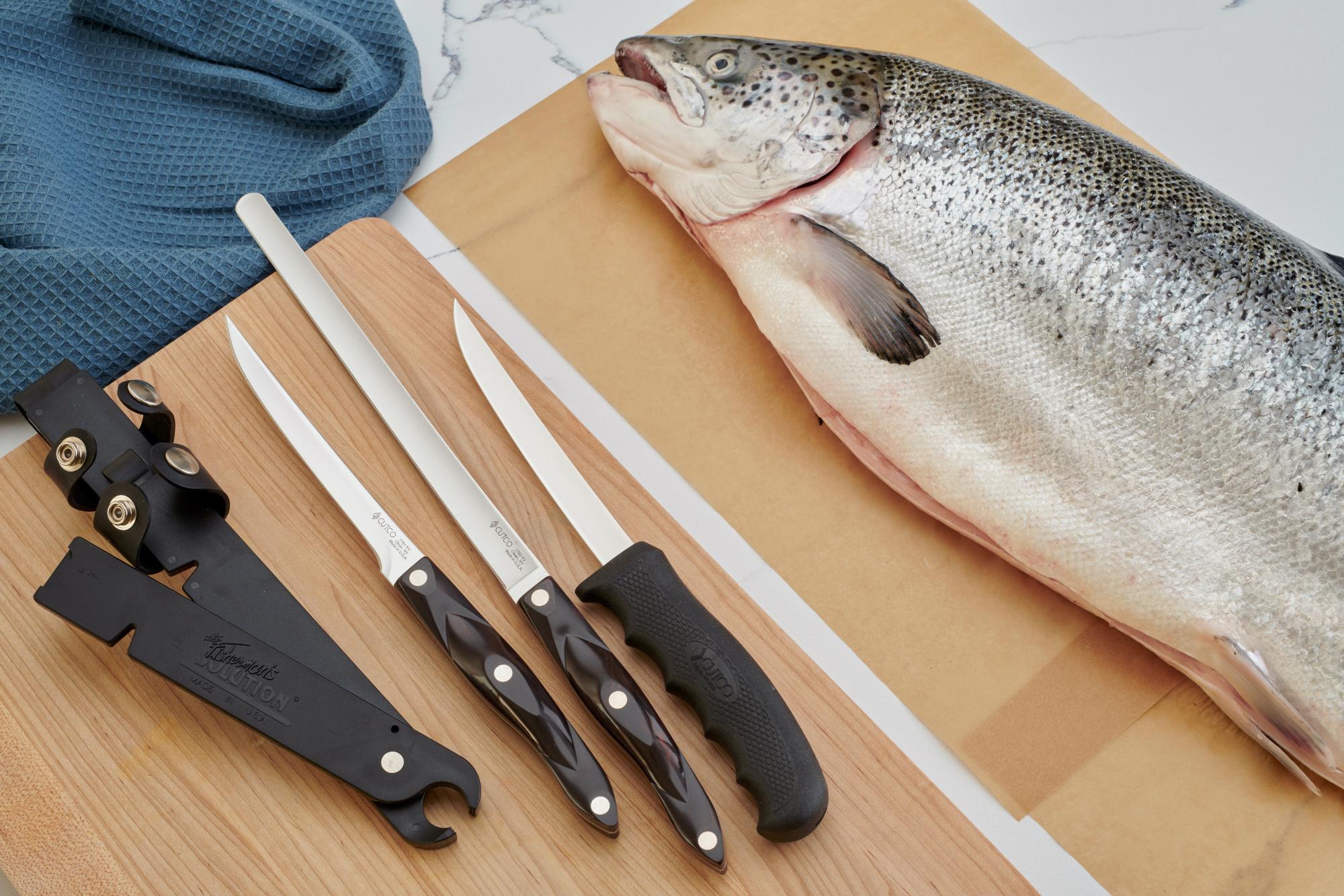What is a Good Fillet Knife for Fish - A Detailed Guide for BBQ Enthusiasts
Written By James Morgan
For barbecue enthusiasts, the art of preparing fish extends beyond grilling to the careful practice of filleting. But what is a good fillet knife for fish that can elevate your BBQ experience? Whether you're a seasoned griller or a novice, understanding the qualities of a good fillet knife can make all the difference in your culinary adventures.

Why a Good Fillet Knife Matters
Barbecue enthusiasts often pay a lot of attention to the right grills, spices, and cooking techniques. However, having the right tools for fish preparation is crucial. The fillet knife is your gateway to perfectly sliced fish, which is essential for both presentation and taste.
Key Features of a High-Quality Fillet Knife
When choosing a fillet knife, consider the following features:
- Blade Flexibility: A flexible blade allows for precise cuts close to the bone.
- Blade Material: Stainless steel or high-carbon steel are excellent choices for durability and sharpness.
- Handle Comfort: Ergonomically designed handles reduce strain during extended use.

Top Fillet Knife Recommendations
Wusthof Classic Fillet Knife
The Wusthof Classic is a favorite among BBQ enthusiasts. Its high-carbon stainless steel blade offers a perfect balance between flexibility and stiffness.
Dexter Russell Fillet Knife
Known for its durability, the Dexter Russell fillet knife boasts a comfortable grip and a razor-sharp blade, ideal for filleting fish.
Shun Classic Fillet Knife
The Shun Classic features a VG-MAX steel blade, ensuring longevity and pristine cuts. Its D-shaped handle offers a secure grip, making it a popular choice.
For more detailed tips on selecting the perfect knife, you can visit Wikihow: Chop Food Like a Pro.
Maintaining Your Fillet Knife
To keep your knife in top condition, regular sharpening is essential. Learn how to sharpen different types of fillet knives from these expert guides:

Filleting Technique Matters
Having a good knife is only half the battle. Your technique can make or break your fish filleting efforts. Practicing regularly and using a proper method can ensure excellent results.
Step-by-Step Filleting Guide
- Place the fish on a cutting board.
- Make a cut behind the gills, down to the backbone.
- Angle the blade and follow the backbone to separate the fillet.
- Remove the skin by slicing between the flesh and the skin, holding the blade at a slight angle.
If you want more insights on filleting techniques, check out this guide on using a Chef's Knife.
Cleaning and Storing Your Fillet Knife
Proper cleaning and storage extend the life of your fillet knife. After each use, wash the knife with mild soap and water, then dry it immediately. Store it in a knife block or magnetic strip to prevent dulling.
Safety Tips
- Always cut away from your body to prevent accidents.
- Use a non-slip cutting board to keep the fish steady while filleting.
- Keep the knife sharp to reduce the risk of slips and cuts.
FAQs
What blade length is ideal for a fillet knife?
For most fish, a blade length of 6 to 7.5 inches is ideal. This length provides a good balance between maneuverability and cutting ability.
Can a fillet knife be used for other meats?
While designed for fish, fillet knives can be used for poultry and other delicate meats. However, they are not suitable for tougher cuts.
How often should I sharpen my fillet knife?
Regular sharpening is crucial. Ideally, you should sharpen your fillet knife before each use to maintain its cutting efficiency.
As an Amazon Associate, I earn from qualifying purchases.



